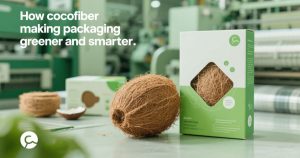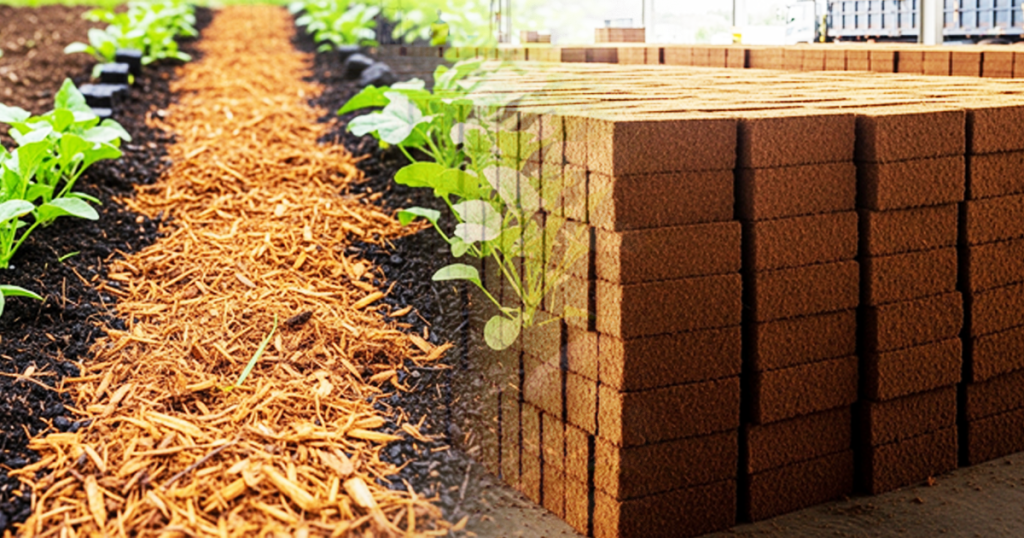The Rise of Sustainable Growing Mediums
As a researcher deeply immersed in sustainable agriculture, I have observed a significant shift toward eco-friendly growing solutions. Among them, cocopeat powder, a by-product of coconut husk processing, has emerged as a frontrunner.
Farmers and agronomists around the globe are increasingly turning to this fibrous material for its unique properties and environmental compatibility. Not only does it reduce dependency on traditional soil, but it also contributes to the circular economy by repurposing waste.
In a world battling climate change, cocopeat is redefining how we think about soil substitutes. Organic farming is evolving at a pace that demands innovation in both resources and practices. Cocopeat powder answers this call by offering a growing medium that is renewable, biodegradable, and highly efficient.
Its fine texture and high moisture retention make it an ideal choice for small-scale gardeners and commercial farms alike. As conventional soil becomes more depleted, cocopeat provides a sustainable path forward. What was once agricultural waste is now a premium farming input.
Moreover, cocopeat aligns perfectly with the global push toward chemical-free agriculture. Unlike peat moss, which involves ecologically harmful extraction, cocopeat is harvested without damaging ecosystems. Its adoption is not only an agricultural innovation but also an environmental statement. In essence, cocopeat powder is turning the tides of modern agriculture by aligning productivity with planet-conscious practices.
What Makes Cocopeat Powder Unique?
Cocopeat is more than just a soil alternative it is a soil enhancer with superior properties. Scientifically known as coir pith or coir dust, this material is known for its high porosity and water-holding capacity. It retains up to eight times its weight in water, a feature that supports root development in arid and semi-arid regions. From a biological standpoint, it fosters microbial activity essential to organic farming systems.
Unlike other growing mediums, cocopeat contains natural antifungal properties, helping to prevent common plant diseases. This is particularly important for organic farmers who avoid synthetic pesticides. Additionally, its low electrical conductivity makes it an ideal substrate for nutrient-sensitive crops. These features explain why many horticultural researchers now recommend cocopeat over conventional potting mixes.
From a practical perspective, cocopeat powder is lightweight, easy to transport, and highly customizable. It comes in various grades and can be mixed with compost, vermiculite, or perlite. Farmers have the flexibility to tailor their growing media based on specific crop requirements, soil conditions, and climate zones.
In a controlled study conducted last year, tomato plants grown in cocopeat showed a 22% increase in yield compared to those grown in soil.
Applications in Organic and Hydroponic Systems
Cocopeat’s utility extends beyond traditional organic farming into hydroponics and aquaponics. In soilless systems, the uniformity and inertness of cocopeat provide a stable root environment. Its structure ensures optimal air-to-water ratio, crucial for nutrient uptake in hydroponic setups.
Researchers have documented improved plant resilience and faster vegetative growth in systems using cocopeat as a primary medium. In seed germination, cocopeat excels by offering a pathogen-free, pH-neutral base for seedlings.
Its fine granularity ensures uniform water distribution, promoting better germination rates. Organic nurseries increasingly prefer cocopeat over peat moss due to its availability and sustainability. Furthermore, it degrades slowly, giving it a longer life cycle compared to many natural substrates.
Even in urban agriculture, cocopeat is making waves. Rooftop gardens and indoor vertical farms benefit from its clean, dust-free, and lightweight nature. Combined with drip irrigation, it optimizes water usage while minimizing runoff and waste. In short, cocopeat powder is not just a trend but a transformational force in how we grow food organically.







